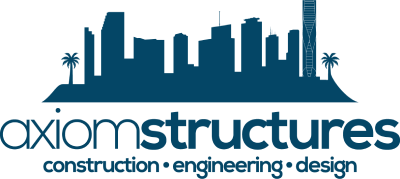How the Past Shapes the Future of Structural Engineering
Throughout history, humans have pushed the boundaries of engineering to create awe-inspiring structures that defy expectations and endure through time. These landmarks not only serve as marvels of human ingenuity but also offer valuable lessons for modern structural engineers. By studying these achievements, we uncover principles of innovation, resilience, and sustainability that continue to shape our designs today.
The Eiffel Tower: A Test of Material and Creativity
When Gustave Eiffel’s iron lattice tower was completed in 1889, it was met with both awe and skepticism. Standing over 300 meters tall, the Eiffel Tower was a groundbreaking use of iron, designed to demonstrate the material’s strength and flexibility. Its modular construction also highlighted the potential of prefabrication, which has since become a cornerstone of modern construction practices.
The Eiffel Tower remains a symbol of how bold ideas and innovative techniques can redefine what’s possible. Today, engineers draw inspiration from its design principles to balance functionality with artistic vision.
The Brooklyn Bridge: Innovation in Suspension Technology
In 1883, the Brooklyn Bridge became the first suspension bridge to use steel cables, setting a precedent for long-span bridge construction. Designed by John Roebling and completed under the guidance of his son, Washington Roebling, the bridge connected Manhattan and Brooklyn while withstanding the challenges of tidal forces and heavy traffic.
Its construction introduced methods like pneumatic caissons for underwater foundations, which engineers still use in modified forms. The Brooklyn Bridge underscores the importance of testing materials and techniques to ensure durability and safety, a lesson that resonates with engineers tackling urban infrastructure today.
The Burj Khalifa: A Pinnacle of Modern Design
The Burj Khalifa in Dubai stands as the tallest building in the world, reaching over 828 meters. This feat of modern engineering required innovative approaches to wind resistance, with its tapering design and setbacks reducing aerodynamic drag. Engineers also employed high-performance concrete and advanced cooling systems to handle the extreme desert climate.
The Burj Khalifa exemplifies how engineers can integrate cutting-edge technologies with traditional principles, like load distribution, to achieve seemingly impossible goals. Its success demonstrates how collaboration across disciplines can turn visionary ideas into tangible results.
Reflecting on these structures reminds us of the enduring principles of creativity, resilience, and adaptability. As we face modern challenges, from urbanization to climate change, these lessons continue to guide Axiom Structures in designing the buildings and bridges of tomorrow.

